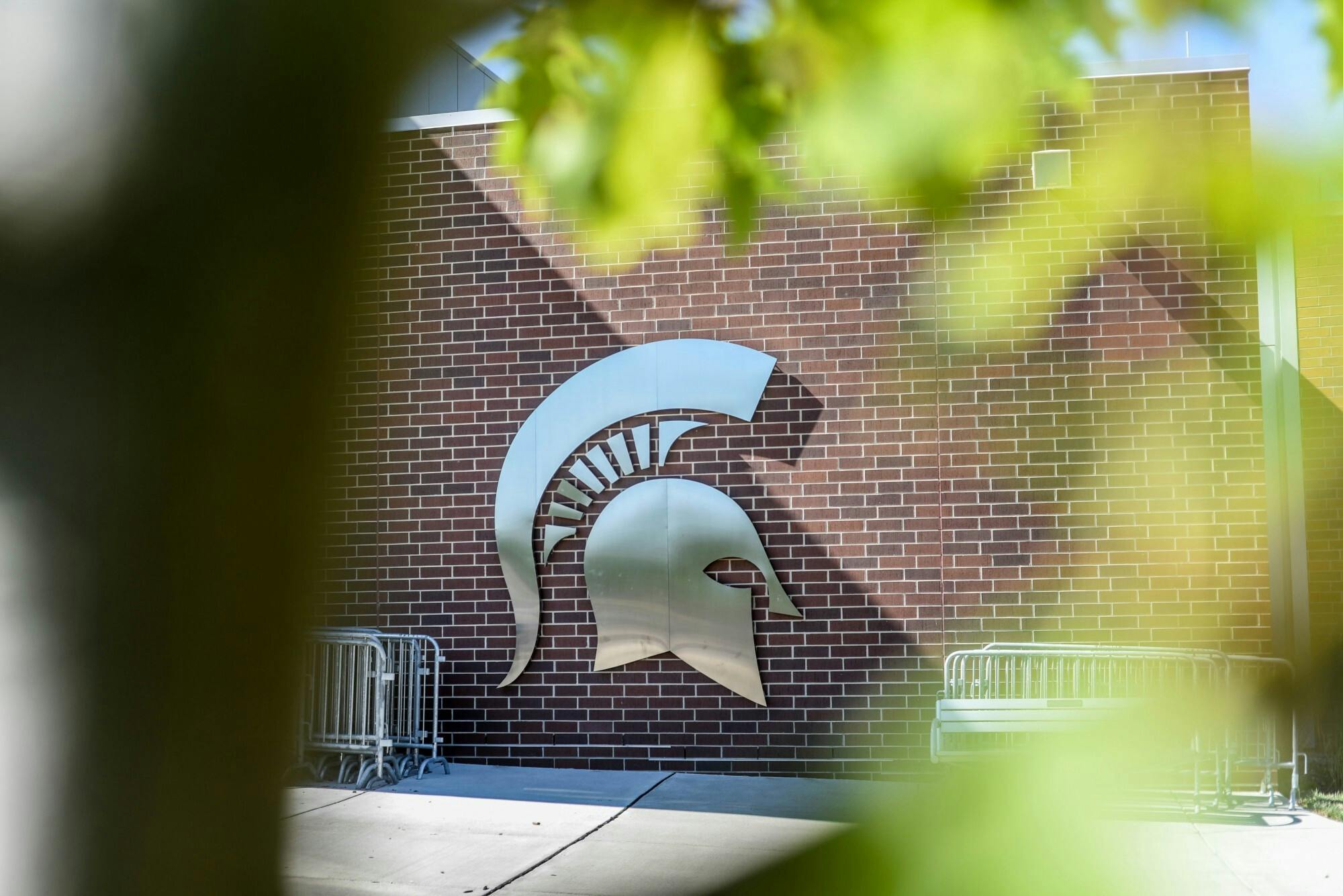The MSU office of Institutional Diversity and Inclusion released its annual diversity, equity, and inclusion report for the 2023-24 academic year last week. The report shows that while the undergraduate student of color population has increased overall in the last decade, some groups have decreased in number in the last two decades.
The report comes as part of the second year of “implementing Michigan State University’s diversity, equity and inclusion strategic priorities,” an initiative started by former MSU President Samuel L. Stanley Jr. in 2019.
The report says the university's ultimate goal is to "become a national leader in increasing diversity, promoting inclusion, ensuring equity and eliminating disparities on our campus and beyond."
It addresses enrollment, student success and the status of MSU initiatives working toward diversity, equity and inclusion (DEI) at the university.
Enrollment
In fall 2023, MSU's total student body of 51,305 people was:
- 70.6% white
- 8.5% Asian
- 7% African American/Black
- 6.9% Hispanic/Latino/a (of any race)
- 4.4% two or more races
- 0.3% American Indian/Alaskan Native
- 0.1% Hawaiian/Pacific Islander
Additionally, MSU's undergraduate class was 94.3% domestic and 5.7% international students, while the graduate student enrollment was 79.9% domestic and 20.1% international students.
As of 2022, MSU had the highest African American/Black undergraduate student enrollment among the top 10 Michigan public universities, with a population of 2,590 students, or 6.6% of the undergraduate student population. MSU also ranked No. 4 in the Big 10 for African American/Black undergraduate enrollment.
When looking at percentage, however, these rankings change. Out of the top 10 Michigan public universities, MSU ranked No. 8 in terms of African American/Black undergraduate student percentage, with Wayne State University ranking No. 2 with 2,528 students and Eastern Michigan University ranking No. 1 with 2,000 students.
As of 2023, the African American/Black undergraduate enrollment at MSU was 2,633 people, which is a 3.7% increase from 2013, according to the report. However, this is still less than the 3,046 students cited in the 2002-’03 report.
American Indian/Alaska Natives undergraduate enrollment has seen a similar trend, with a 31.3% increase in the last decade from 83 to 109 students, but still less than the 237 students reported two decades ago.
Diversity and Inclusion Communications Manager Henry Mochida said this makes sense considering that affirmative action was banned in Michigan in 2006.
However, this trend doesn’t hold true for the total number of undergraduate students of color, as the most recent report tops off at 10,285 students. That's a 58% increase from 2013 and a 68% increase from the 6,119 “Total Minorities” reported in 2003.
This difference in the data trend could come from Asian and Hispanic/Latino students, whose undergraduate enrollment increased by 101.7% and 85.9%, respectively, between 2013 and 2023.
And since 2003, the Asian undergraduate student population has increased from 1,882 to 3,239. Likewise, the Hispanic/Latino undergraduate student population has increased from 954 to 2,323.
Additionally, total undergraduate student enrollment has increased from 34,853 people in 2003 to 40,483 in 2023.
Persistence rates
The report also measures persistence rates, which it defines as the “rate at which first-time undergraduate students entering MSU in 2022 returned to MSU for their first subsequent fall semester.”
It was found that American Indian/Alaska Native undergraduate students have seen a decrease in persistence rate from 92.9% in 2012 to 86.2% in 2022. Asian undergraduate students have also seen a decrease of 2% in this time frame. All other groups were reported as having increased persistence rates.
Support student media!
Please consider donating to The State News and help fund the future of journalism.
Mochida said that MSU has some “concerted efforts" regarding retention, graduation rates, time to degree, and probation rates, which are also examined in the report.
Probation rates
Probation rates are academic warnings given to students whose cumulative grade point average falls below a 2.0, according to the report.
Between 2013 and 2023, Hawaiian/Pacific Islander and American Indian/Alaska Native undergraduate student cohorts’ probation rates increased by 16.7% and 12%, respectively. The report notes, however, that this data is based on a small number of students. Additionally, white undergraduate students saw an increase in probation rates from 5.6% in 2013 to 6.1% in 2023.
Every other group of undergraduate entering cohorts saw a decrease in probation rates.
Faculty and staff
The recent report was accompanied by data on faculty and staff demographics. In 2023, the faculty and staff were 74.6% white, 7.1% African American/Black, 6.5% Asian, and 5.4% Hispanic/Latino. Other racial and ethnic groups accounted for less than 1% of all faculty and staff.
MSU faculty and staff is 55.4% female and 44.6% male. However, these numbers change when looking at tenure system faculty, where professors are 39.5% female and 60.5% male.
University action items
The report also provided updates on the university’s action items, which were established as part of the strategic initiative.
In 2023-24, out of 222 DEI action items, 22 of them were implemented, while 88 of them are being implemented, 52 are being evaluated, and 60 are not yet started.
Furthermore, MSU released a DEI scorecard in order to assess “the progress of the four MSU DEI Report and Plan strategic goals.”
Of the 22 implemented action items, six of them were focused on increasing diversity, five of them were focused on ensuring equity, another six were focused on promoting inclusion, and five more were focused on enhancing outreach and engagement.
According to the report, actions are implemented by action planning teams in the DEI Strategic Plan Implementation Steering Committee, all in accordance with the MSU 2030 objectives.
Discussion
Share and discuss “MSU DEI report shows increase in student of color population, fails to top old numbers in some areas” on social media.






